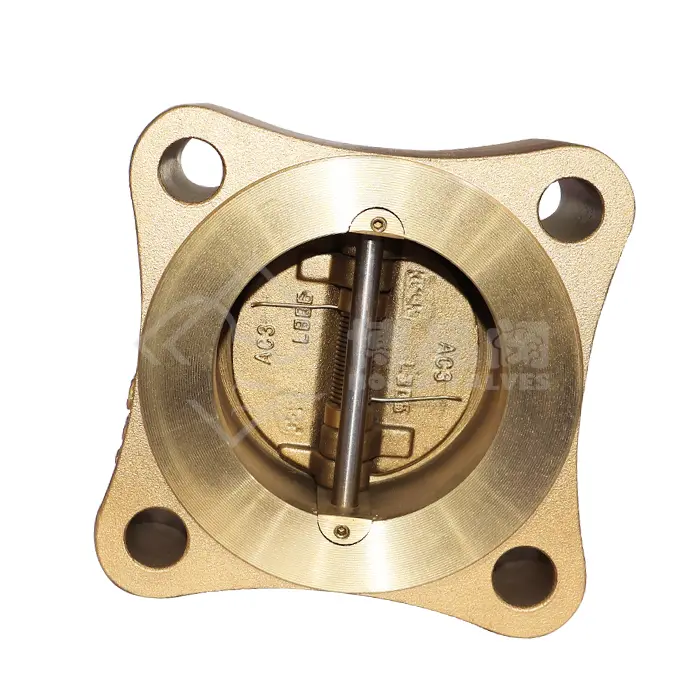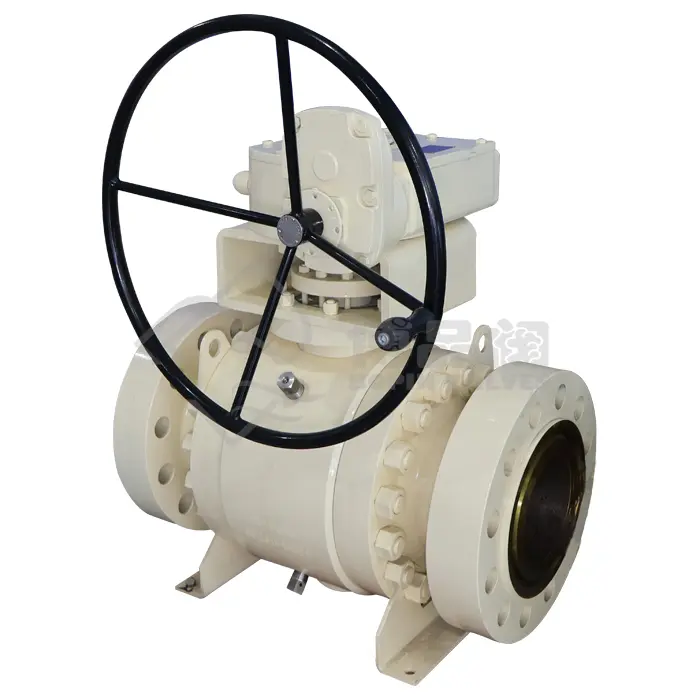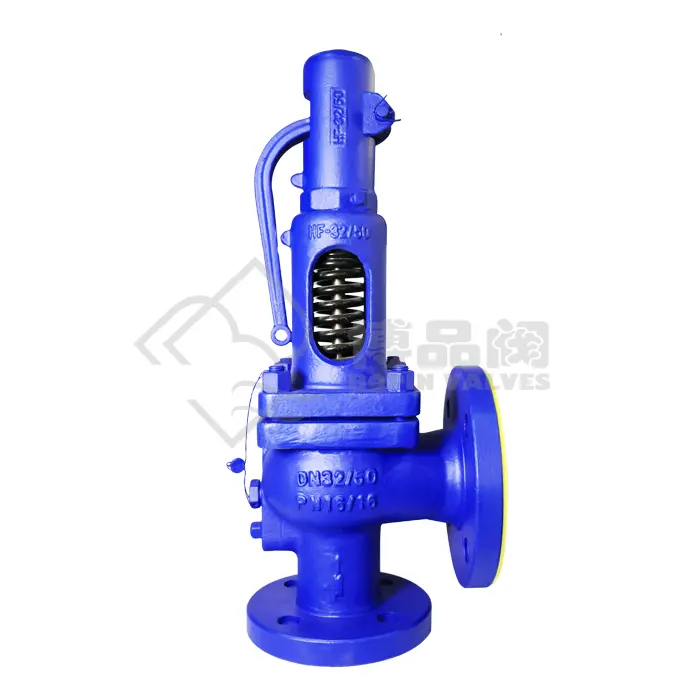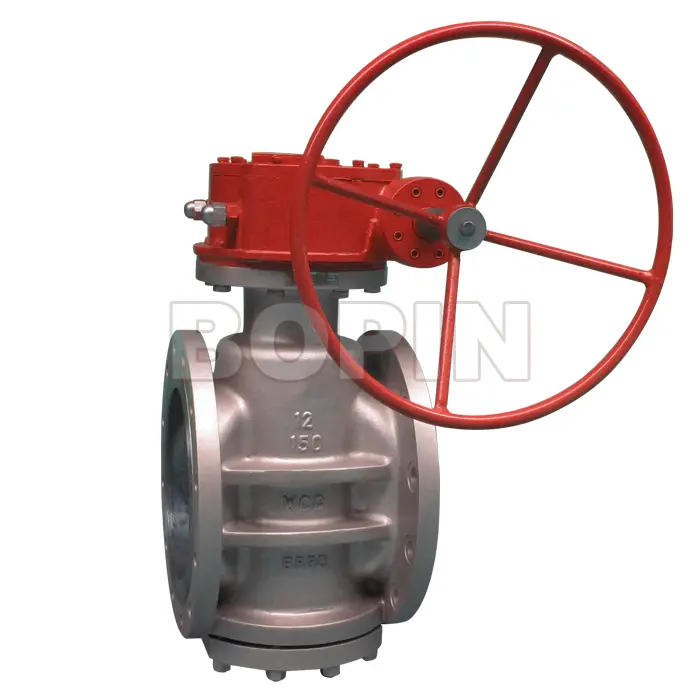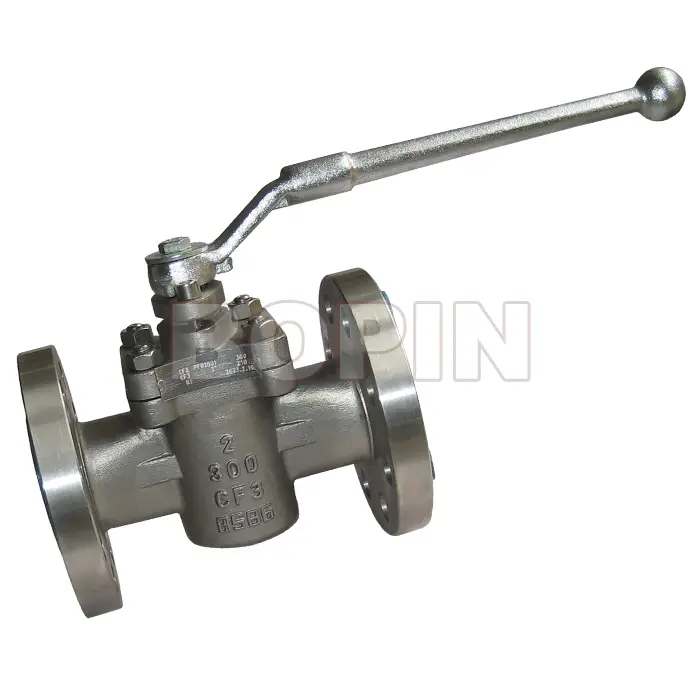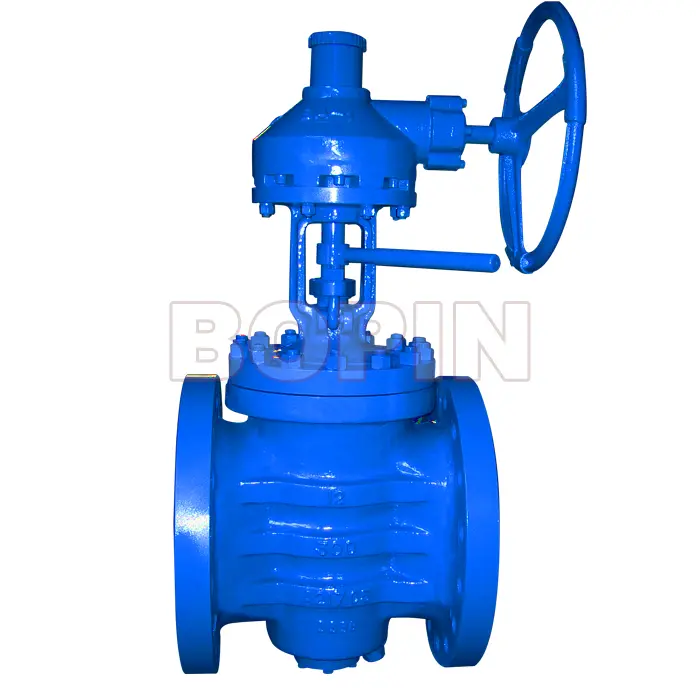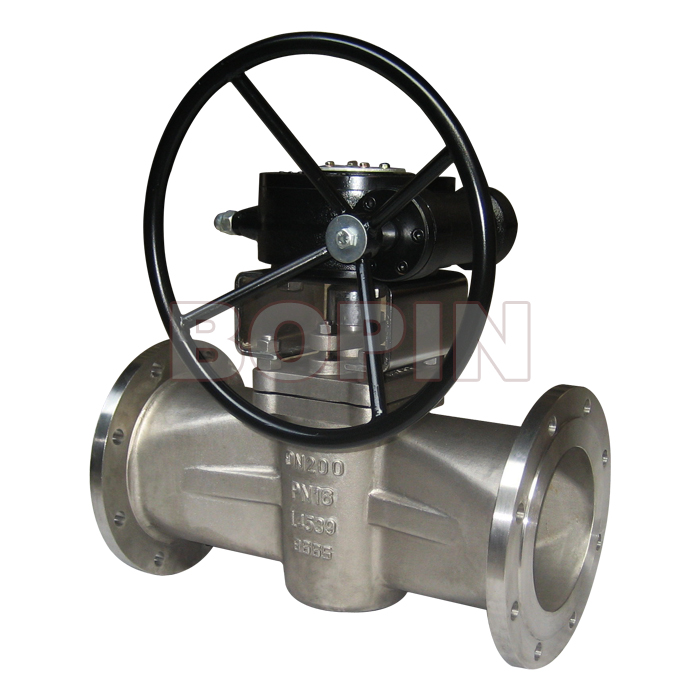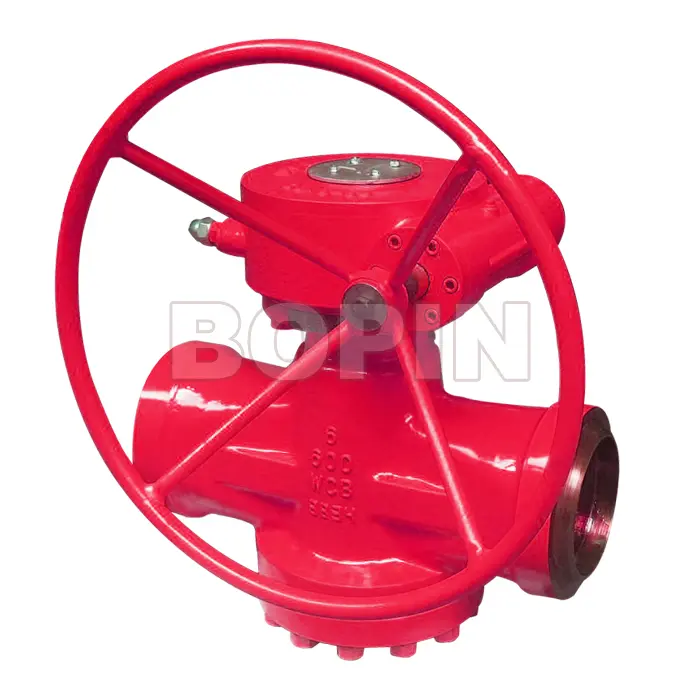0102030405
Plug Valves Manufacturers
Overview of Plug Valves
Before diving into the specifics of API 599, it is important to understand the functionality and types of plug valves. Plug valves are a type of quarter-turn valve that consists of a cylindrical or conical plug with a hole or passage through the center. When the plug is rotated, the passage aligns with the inlet and outlet ports, allowing fluid or gas to flow. Conversely, when the plug is rotated 90 degrees, the flow is shut off.
Plug valves offer several advantages, including:
Simplicity of operation: The quarter-turn design makes plug valves easy to operate and maintain.
Tight shutoff: Plug valves can provide a reliable seal, minimizing leakage, especially under high-pressure and high-temperature conditions.
Durability: Their simple design allows them to withstand harsh operating conditions, making them suitable for applications with abrasive or corrosive fluids.
API 599 defines the technical specifications for plug valves that ensure these advantages are realized in real-world applications.
Key Components of API 599
API 599 outlines several key areas regarding the design and performance of plug valves:
Valve Design & Materials
API 599 specifies materials for both the body and the internal components of plug valves, including metals, alloys, and other materials that offer resistance to wear, corrosion, and erosion. Common materials used in API 599-compliant plug valves include carbon steel, stainless steel, and various alloy steels. The material selection is vital to ensure the valve's performance in specific operating environments, such as high-pressure, high-temperature, or corrosive conditions.
Valve Size and Pressure Ratings
The standard provides details on the range of valve sizes and the corresponding pressure ratings. These ratings define the maximum pressure a valve can safely withstand under normal operating conditions. The sizes and ratings vary depending on the specific application and service conditions.
Flow Characteristics
Plug valves, as described in API 599, are designed to provide either a full-flow or throttling service. Full-flow service refers to applications where the valve is either fully open or fully closed, whereas throttling involves regulating the flow by partially opening or closing the valve. The standard specifies the maximum flow rates and acceptable pressure drops for each type of service.
End Connections
API 599 specifies the type of end connections allowed for plug valves, including flanged, threaded, and welded connections. The end connection selection depends on the intended service and the required pressure class.
Sealing Mechanism
The sealing mechanism in a plug valve is crucial for its performance. API 599 requires plug valves to have a reliable sealing system that prevents leakage during operation. The standard outlines the minimum requirements for seat and stem sealing, ensuring that the valve can provide tight shutoff under various operating conditions.
Testing and Inspection Requirements
API 599 sets rigorous testing and inspection protocols to ensure the reliability and safety of plug valves. The testing requirements in this standard cover several aspects of valve performance, including:
Pressure Testing
One of the most critical tests outlined in API 599 is the pressure test. This involves testing the valve at the rated pressure to ensure it can handle the intended service conditions without leaking or failing. The standard specifies both shell and seat tests to confirm that the valve body and internal components can maintain their integrity under high pressure.
Functional Testing
Functional testing ensures that the plug valve can operate correctly under normal conditions. This test verifies that the valve opens and closes smoothly and that the flow control is responsive.
Leakage Testing
API 599 outlines strict leakage testing procedures, ensuring that the valve does not leak at the sealing surfaces or stem during operation. This is essential for safety and operational efficiency, especially in high-pressure or hazardous fluid applications.
Dimensional and Material Inspections
Dimensional and material inspections ensure that all valve components meet the specifications outlined in the standard. These inspections are critical for maintaining consistency in manufacturing and ensuring that the valve operates as intended throughout its lifecycle.
Types of Plug Valves
Plug valves are versatile, quarter-turn valves used to control fluid flow in various industries, including oil and gas, water treatment, and chemical processing. These valves feature a cylindrical or conical plug that rotates inside the valve body to open or close the flow passage. Depending on the design and application, plug valves can be categorized into different types. Below are the most common types of plug valves:
1. Lubricated Plug Valves
Lubricated plug valves use a sealing lubricant or grease injected between the plug and body to reduce friction and provide a tight seal. This type is commonly used in high-pressure and high-temperature applications.
Features:
Requires periodic lubrication to maintain sealing efficiency.
Suitable for handling dirty, viscous, or corrosive fluids.
Provides low operating torque due to reduced friction.
Applications:
Crude oil and gas pipelines
High-temperature services
Chemical and petrochemical industries
2. Non-Lubricated Plug Valves
Non-lubricated plug valves do not require additional lubrication, making them maintenance-free. They rely on elastomeric or polymer sleeves to provide a tight seal between the plug and valve body.
Features:
Requires minimal maintenance.
Resistant to corrosion and chemical attack.
Provides a bubble-tight seal, preventing leakage.
Applications:
Water treatment plants
Food and beverage industries
Chemical processing
3. Eccentric Plug Valves
Eccentric plug valves have an off-center plug design, which reduces contact between the plug and body, minimizing wear and friction. These valves provide excellent throttling capabilities and are commonly used in flow control applications.
Features:
Reduces wear and extends valve life.
Ideal for handling slurries, sewage, and abrasive media.
Suitable for throttling applications.
Applications:
Wastewater treatment
Pulp and paper industries
Slurry and abrasive fluid handling
4. Expanding Plug Valves
Expanding plug valves use a mechanism that expands the plug against the valve seat to create a tight seal. These valves provide zero leakage and are commonly used in applications requiring complete isolation.
Features:
Provides positive shutoff with zero leakage.
Prevents contamination between different flow mediums.
Suitable for double block and bleed applications.
Applications:
Gas processing plants
Petroleum refineries
Critical isolation applications
5. Multi-Port Plug Valves
Multi-port plug valves have multiple openings, allowing for various flow configurations. These valves can replace multiple two-way valves in a piping system, reducing space and installation complexity.
Features:
Can switch flow between multiple ports.
Reduces the need for additional piping and valves.
Available in three-way, four-way, and more complex configurations.
Applications:
Distribution systems
Fluid mixing applications
Industrial process control
Conclusion
Each type of plug valve serves a specific function based on its design and application. Whether handling high-pressure crude oil, corrosive chemicals, or wastewater, selecting the right plug valve type ensures efficiency, longevity, and optimal performance. Would you like recommendations for a specific industry or application?
Performance of API 599 Plug Valves
The primary objective of API 599 is to ensure that plug valves meet the performance expectations for critical applications in industries such as oil and gas, petrochemical, and chemical processing. The performance criteria outlined in the standard include:
Flow Control Performance
API 599 ensures that the plug valve can maintain consistent flow control, even in applications that involve varying pressures and temperatures. For throttling service, the valve should provide smooth and stable flow regulation with minimal turbulence.
Seal Integrity
The standard specifies that the valve must provide a reliable seal, preventing leakage during both normal operation and when the valve is in the closed position. This is particularly important in hazardous applications, where leakage could result in environmental or safety hazards.
Durability
Given that plug valves are often used in high-stress environments, durability is a key consideration. API 599 ensures that valves are designed to withstand wear, corrosion, and erosion over extended periods of service. The materials, design, and sealing mechanisms outlined in the standard help achieve this durability.
Maintenance and Repairability
API 599 also addresses the ease of maintenance and repair of plug valves. The design should allow for quick disassembly and reassembly, making it easier to replace worn components and perform routine maintenance. This reduces downtime and operational costs for end-users.
Applications
Plug valves in compliance with API 599 are widely used in a range of applications across industries. Some common applications include:
Oil and Gas Industry
API 599 plug valves are extensively used in the oil and gas industry for flow regulation, shutoff, and isolation in pipelines, refineries, and production facilities. These valves can handle the high pressures and harsh chemicals often encountered in these environments.
Petrochemical Processing
In petrochemical plants, plug valves are used to control the flow of fluids in the manufacturing of chemicals, plastics, and other materials. The ability to regulate the flow precisely is critical in maintaining process efficiency.
Water Treatment
In water treatment plants, plug valves are used to control the flow of water and chemicals, ensuring that the treatment process operates efficiently and safely.
Power Generation
Plug valves are also used in power plants, particularly in steam and gas systems where quick, reliable shutoff is necessary to ensure safe operation and protect equipment.


Conclusion
API 599 provides a comprehensive set of standards and guidelines for the design, construction, testing, and performance of plug valves. By ensuring that valves meet specific requirements for materials, performance, and testing, this standard helps guarantee the safety, efficiency, and reliability of plug valves in critical applications. Compliance with API 599 is essential for manufacturers, operators, and end-users who rely on plug valves for fluid and gas control in high-pressure, high-temperature, or hazardous conditions. Whether in the oil and gas industry, petrochemical processing, or water treatment, API 599 plug valves offer a durable and reliable solution for various industrial applications.








